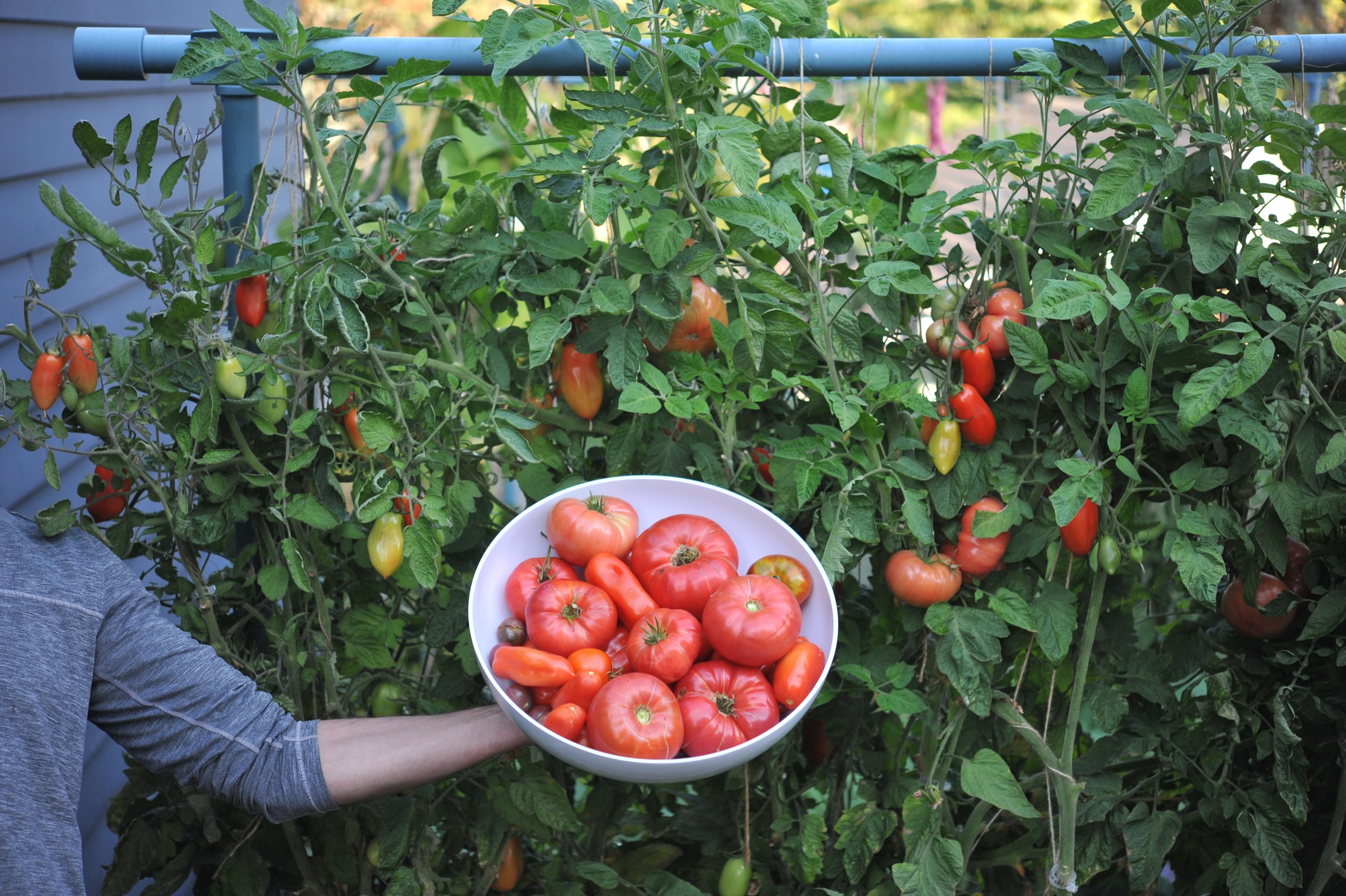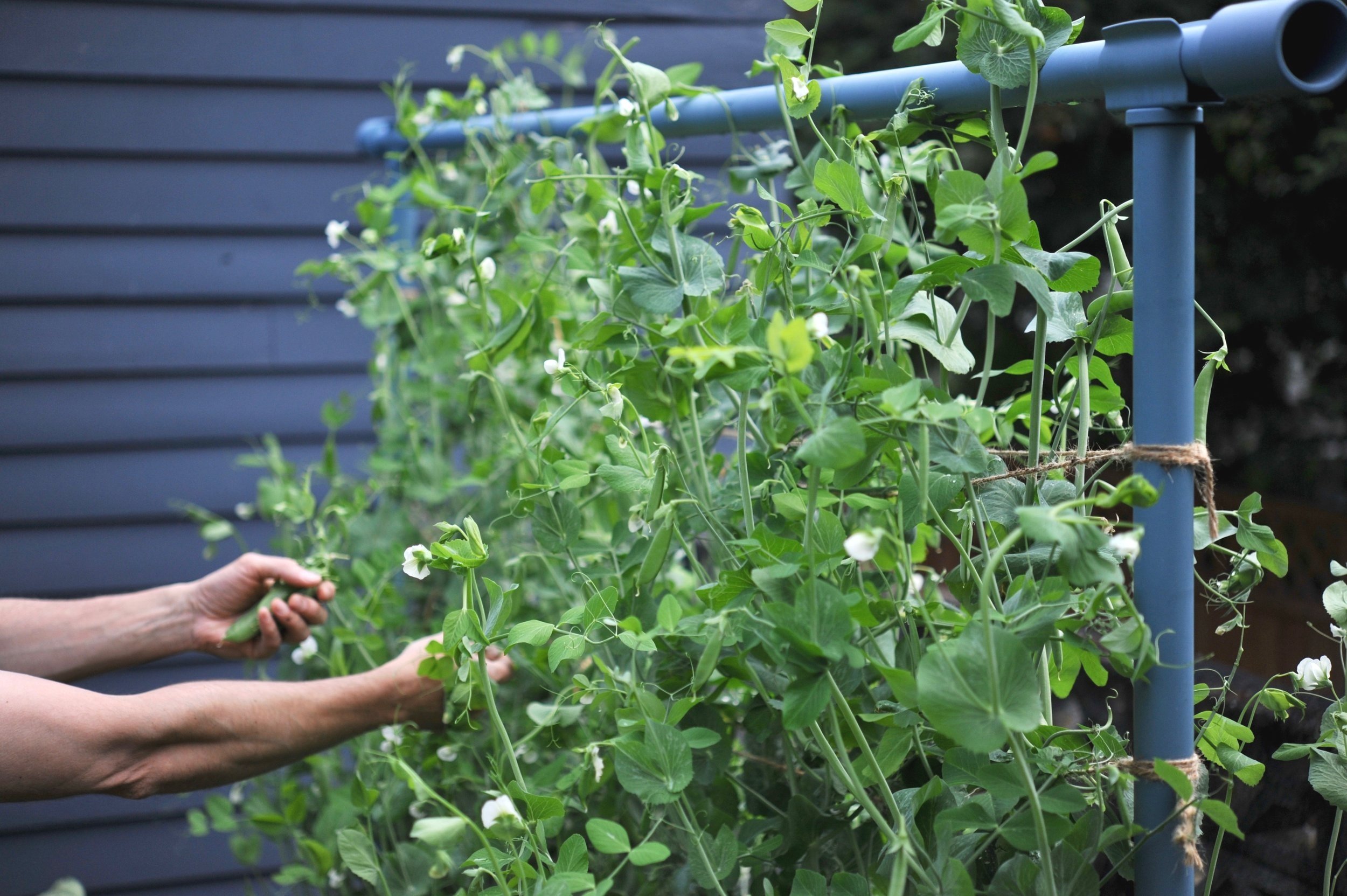This week we will be continuing the garden planning conversation by discussing another factor that can help guide your garden planning, and that’s plant growth form. Last episode I mentioned that my motto was “plant like with like”. Grouping plants with the similar growth habits is another element to consider when organizing your garden.
HOW TO LISTEN:
Listen right now in your browser by clicking above.
Subscribe in iTunes (or your favorite podcast player) to have our podcasts sent directly to your device.
SHOW NOTES:
In this episode, we discuss:
How to use the growth habits of annual crops as a tool to help guide your garden planning.
Important Take-aways:
Some crops have growth forms that make them incompatible with other plants. By planting your crops in groups, it's easier to keep compatible plants together and incompatible plants apart.
I like to categorize crops based on their size at maturity. We will designate crops as either Tall crops, Medium Height crops, Short crops or Sprawling crops
Tall Crops: Since some plants either have tall growth forms or are trellised on tall structures, it is important to put these plants in an area where they will not shade other, shorter garden crops.
Medium Height Crops: These are crops that grow only about 2-3 feet tall. Some of these plants benefit from staking (4' stakes work really well!) so that they can remain upright when loaded with fruit (a good example would be a pepper plant), but generally they don't need any large or complicated trellising.
Short Crops: These crops are very short (6-12" tall). Examples are many root crops such as carrots (where most of the growth is below ground) and salad greens (like lettuce and spinach). Short crops are great because they can be planted in areas that taller crops might fit and can be planted next to taller crops (as long as the short crops are in a location where they will still receive sun exposure (anywhere but the north side of a tall crop).
Sprawling Crops: Then there are the vining and spreading crops. These plants can be trellised so that they fit into the 'tall crops' category, but most will also grow well if left to sprawl across the ground.
Crops with similar growth habits tend to have similar lifespans
Heard on the Episode:
“...these categories are meant to be guides to help you make decisions. It's important not to become too attached to any one of these ideas because you'll need to be flexible as issues arise in your garden during the course of the season. ” - Hilary Dahl
“It sounds like short crops are the most versatile category. And while they totally could go at the south side of a garden bed in that stairstep down example, they can also get sprinkled in where there is space, as long as they get enough sun. ” - Kellie Phelan













